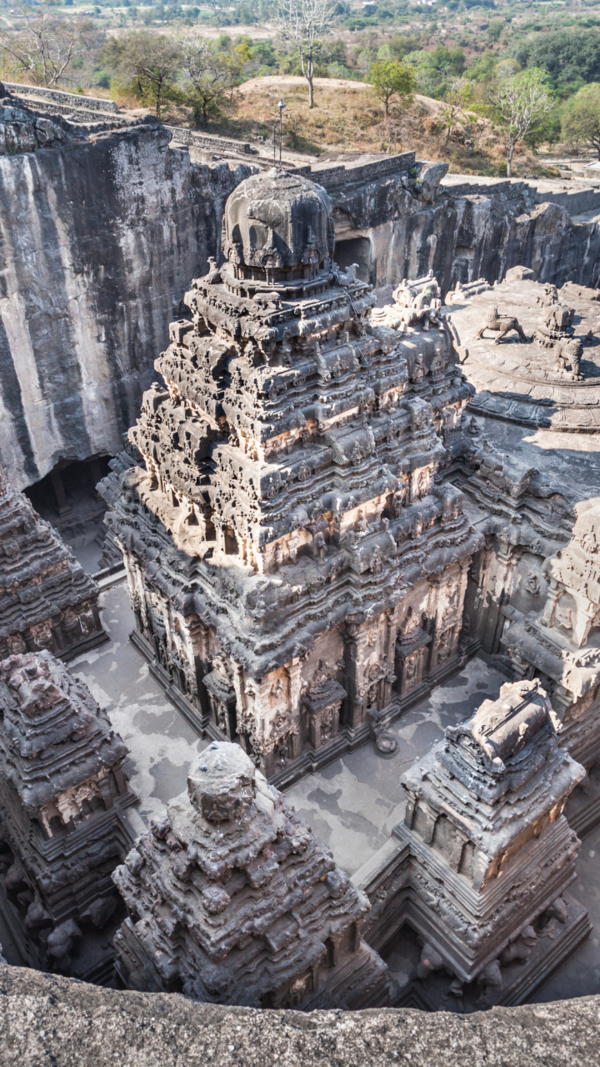Trending
Smallest villages in India: Life in remote corners
India's remote villages like Ha, Mana, Malana, Kibber, and Zuluk showcase diverse cultures and challenges. Residents practice farming and traditional customs while contending with isolation, limited healthcare and education, harsh climates, high altitudes, and agricultural limitations. These regions provide a glimpse into simpler yet demanding rural life.
India's smallest villages: Lifestyle, culture, and challenges
Ha, Arunachal Pradesh
- Lifestyle and culture: Ha is one of the smallest villages in Arunachal Pradesh, inhabited by the Monpa tribe. The village is characterised by its traditional wooden houses and lush green landscapes. The Monpas practice subsistence farming, growing crops like barley, maize, and millet. They follow Buddhism, and the village has a small monastery where residents gather for religious activities.
- Challenges: Life in Ha is tough due to its remote location. Basic amenities like healthcare, education, and transportation are limited. Harsh winters can isolate the village, making it difficult for residents to access essential services.
Mana, Uttarakhand
- Lifestyle and culture: Mana, situated near the India-China border, is the last Indian village before the Mana Pass. The villagers, primarily of the Bhotiya community, live in stone houses and practise terrace farming. The village is known for its woollen products and herbal medicines. The local culture is deeply intertwined with Hindu traditions, and the nearby Badrinath Temple plays a significant role in their spiritual lives.
- Challenges: Mana faces challenges such as limited connectivity, harsh weather conditions, and a short agricultural season. The village's remote location means that development and infrastructure improvements are slow.
Malana, Himachal Pradesh
- Lifestyle and culture: Malana, located in the Parvati Valley, is famous for its distinct culture and ancient traditions. The people of Malana believe they are descendants of Alexander the Great's soldiers. The village has its own unique language and governance system. Residents rely on cannabis cultivation, sheep rearing, and tourism for their livelihood.
- Challenges: Malana’s isolation has preserved its unique culture but also means limited access to modern amenities. The village faces issues such as poor healthcare, lack of proper educational facilities, and difficult living conditions during winters.
Kibber, Himachal Pradesh
- Lifestyle and culture: Kibber is one of the highest villages in the world, located in the Spiti Valley. The village has a population that primarily practises Buddhism, with a small monastery being a central place of worship. Residents engage in farming and animal husbandry, cultivating crops like peas and barley. The traditional whitewashed houses with flat roofs add to the village's picturesque charm.
- Challenges: Kibber’s high altitude poses several challenges, including limited agricultural opportunities and harsh climatic conditions. The remote location makes access to healthcare and education difficult.
Zuluk, Sikkim
- Lifestyle and culture: Zuluk is a small village located on the ancient Silk Route in Sikkim. The village is known for its breathtaking views of the Himalayas and the zigzag roads leading up to it. The residents, mostly of Nepali origin, practice agriculture and animal husbandry. Zuluk also serves as a base for trekkers and travellers exploring the eastern Himalayas.
- Challenges: The remoteness of Zuluk means limited access to healthcare and educational facilities. The village also faces harsh weather conditions, which can make life difficult, especially during winter months.
Lachen, Sikkim
- Lifestyle and culture: Lachen, a small village in North Sikkim, is home to the Lachenpas, who have a rich cultural heritage. The village is surrounded by snow-capped peaks and is a gateway to the Gurudongmar Lake and Chopta Valley. The Lachenpas follow Buddhism, and the local monastery is a significant cultural centre. Agriculture and tourism are the main sources of income.
- Challenges: Lachen’s remote location and extreme weather conditions present significant challenges. Limited infrastructure development means that residents often lack access to basic amenities.
End of Article
FOLLOW US ON SOCIAL MEDIA








